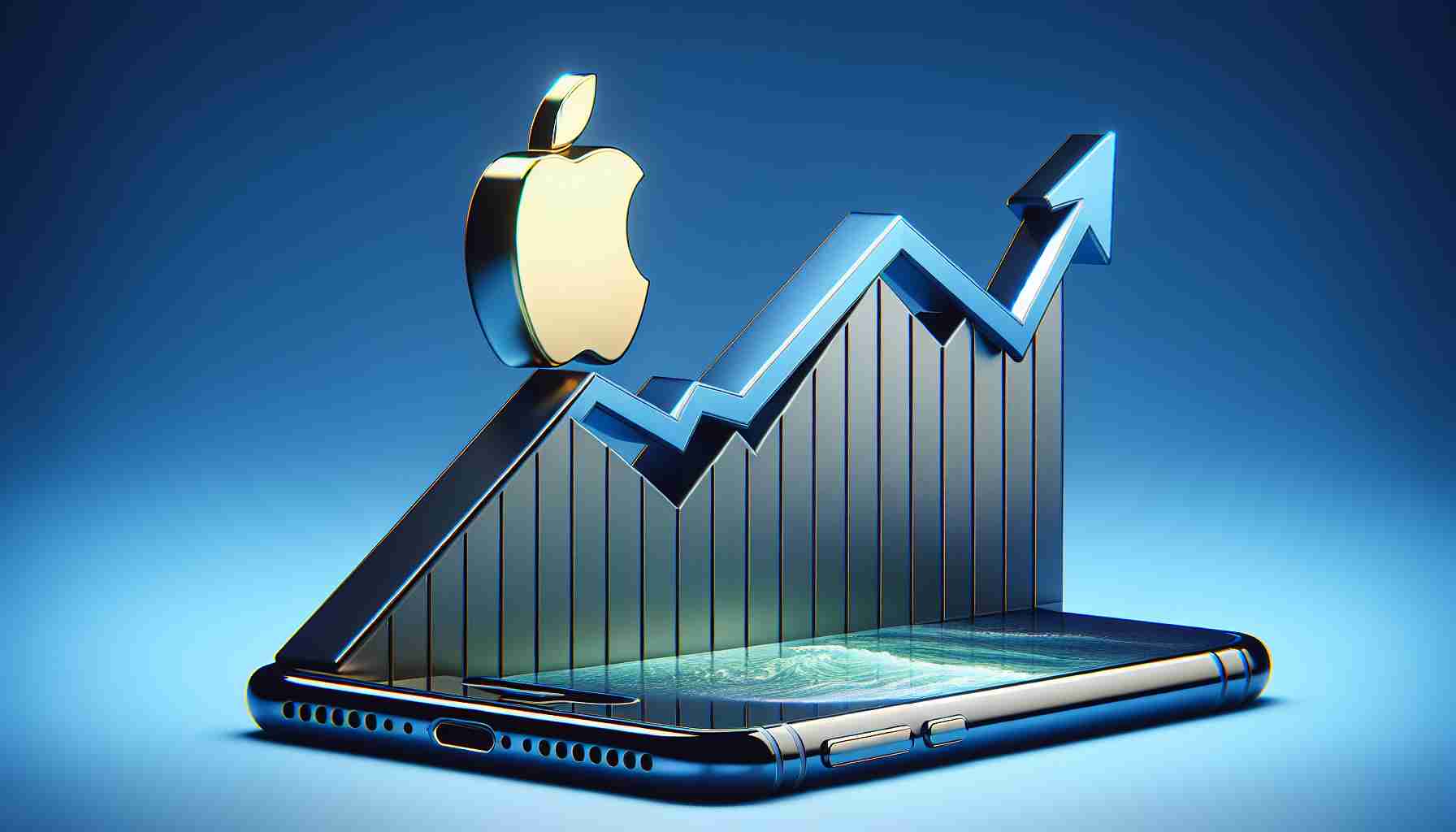The resilience of Apple in the US market is highlighted by recent data from Counterpoint, which confirms the tech giant holding a substantial 52% market share, even as the industry faces an 8% decrease in overall smartphone shipments. The past year and a half has seen a steady decline across six quarters, with recent holiday figures suggesting the slump continued into 2022, affected by lingering pandemic-related supply chain issues.
Samsung’s rising tide contrasts with the decline in the cheaper Android market, which is suffering from less consumer interest. Notwithstanding the general trend, Samsung has efficiently navigated through choppy waters, thanks to its new S24 Galaxy series stirring a surge in its market share to 31%—a notable achievement marking their best first-quarter performance in the past four years.
Persistence of brand loyalty has become a defining feature of the smartphone wars. As smaller players face challenges due to the market’s contraction, the likes of Apple and Samsung manage to captivate users with their robust ecosystems and the release of high-demand products such as the iPhone 14 series, underscoring the significance of brand power during economic downturns.
The road ahead and external influences for the smartphone industry are strewn with both challenges and opportunities. Issues such as adjusting to after-effects of the pandemic on the supply chain, and addressing consumer trends like extending the life-span of their devices are at the forefront. Moreover, environmental initiatives and the advent of cutting-edge 5G technology are influencing consumer preferences, potentially reshaping market dynamics.
For the freshest insights and analyses in the smartphone domain, leading platforms such as Counterpoint Research, IDC, and Gartner offer comprehensive data and trends assessments.
Key Questions and Answers:
1. Why is Apple maintaining strong market share despite the overall smartphone slump?
Apple has a robust and loyal customer base, an established ecosystem of products and services that encourage customers to remain with the brand, and a reputation for premium quality which appeals to certain market segments. The release of new products, like the iPhone 14 series, also helps to maintain consumer interest even during industry downturns.
2. How has Samsung managed to grow its market share during this period?
Samsung has seen growth due in part to the successful launch of the new S24 Galaxy series, which has resonated with consumers. Furthermore, Samsung’s diverse range of products that cater to multiple price points allows it to be competitive across different market segments.
3. What are the main challenges facing the smartphone industry?
Challenges include adjusting to the ongoing supply chain disruptions caused by the pandemic, meeting the demand for innovative technology such as 5G, accommodating consumer trends of extending device lifespan, and responding to environmental concerns.
4. How are environmental initiatives influencing the smartphone industry?
Environmental concerns are prompting manufacturers to adopt more sustainable practices, offer longer-lasting products, and reduce electronic waste. This shift in consumer preference can affect a company’s brand image and necessitate changes in production and design strategies.
Key Challenges and Controversies:
One of the primary challenges is dealing with supply chain interruptions and the need to satisfy increasingly environmentally conscious consumers. Companies must balance the demand for the latest features with the requirement for sustainability and the reduction of e-waste.
Persistence of brand loyalty creates a significant entry barrier for new companies and smaller players who struggle to compete with established brands like Apple and Samsung. These companies leverage their strong brand presence to remain dominant even during market downturns.
Advantages and Disadvantages:
Advantages of Apple’s strong market share:
– Consistent revenue stream from a loyal user base.
– Ability to invest in research and development due to strong financials.
– Greater bargaining power with suppliers and carriers.
Disadvantages of Apple’s strong market share:
– Potential antitrust scrutiny due to perceived market dominance.
– Dependence on the US market could be a risk if the market dynamics change.
Advantages of a diverse product line (Samsung):
– Ability to target multiple customer segments.
– Less vulnerability to shifts in market trends or consumer preferences for a single product.
Disadvantages of a diverse product line:
– Risk of brand dilution if too many products confuse consumers.
– Higher costs associated with maintaining and marketing multiple products lines.
For more information on the smartphone industry and relevant statistics, the following research platforms can be accessed:
– Counterpoint Research
– International Data Corporation (IDC)
– Gartner
These platforms offer in-depth market analyses and trends to keep enthusiasts and professionals informed about the latest developments in the smartphone sector.
